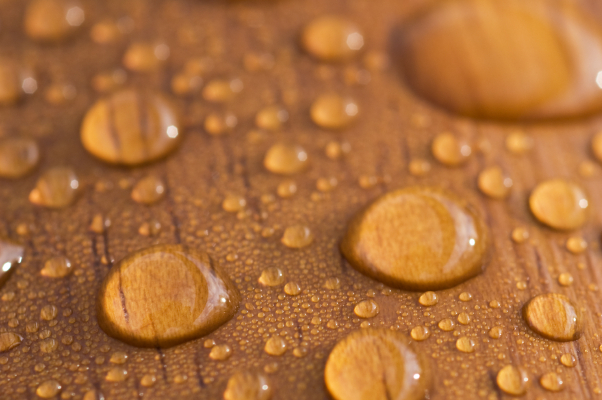 Symptoms and Causes of Wet Rot:
Symptoms and Causes of Wet Rot:
Wet rot is a very common but easy to resolve infection than some of the other problems that can set back your building.
It is usually caused by a fungi called Coniophora puteana which only infects very damp wood and causes it to decay, and thereby lose strength. Unlike dry rot, wet rot cannot spread into walls.
Often there is no visible fungal growth on the affected area. Wet rotten wood has a soft and spongy feel that often looks darker than the healthy wood around it. Rotten wood that has since dried out has longitudinal cracks and easily crumbles into fine dust.
If covered by paint, it can appear that wood is perfectly sound, when in fact it is rotting from the underside out. Test the wood by poking it with a screwdriver; if it sinks in easily, the wood is rotten.
Brickwork, on the other hand, may be covered by a fan-like growth. This is easily removed with a wire brush.
Treatments and Solutions for Wet Rot:
Wet rot will almost always be due to some sort of structural defect which is allowing water to collect on a wooden surface, be it condensation, rainwater or water from the property’s plumbing. The first course of action is therefore to eliminate the source of water to prevent the problem becoming worse or reoccurring.
There are several routes for water ingress in a property. Be sure to each of the these areas, and fix the problem as soon as possible:
- Guttering and drainpipes
- Roof tiles and roof flashing
- Cracks in brickwork or walls
- Damaged, bridged or missing damp-proof course
- Blocked air bricks, poor ventilation and persistent condensation
- Cracked or broken water pipes
- Persistent overflow from water tanks and cisterns


